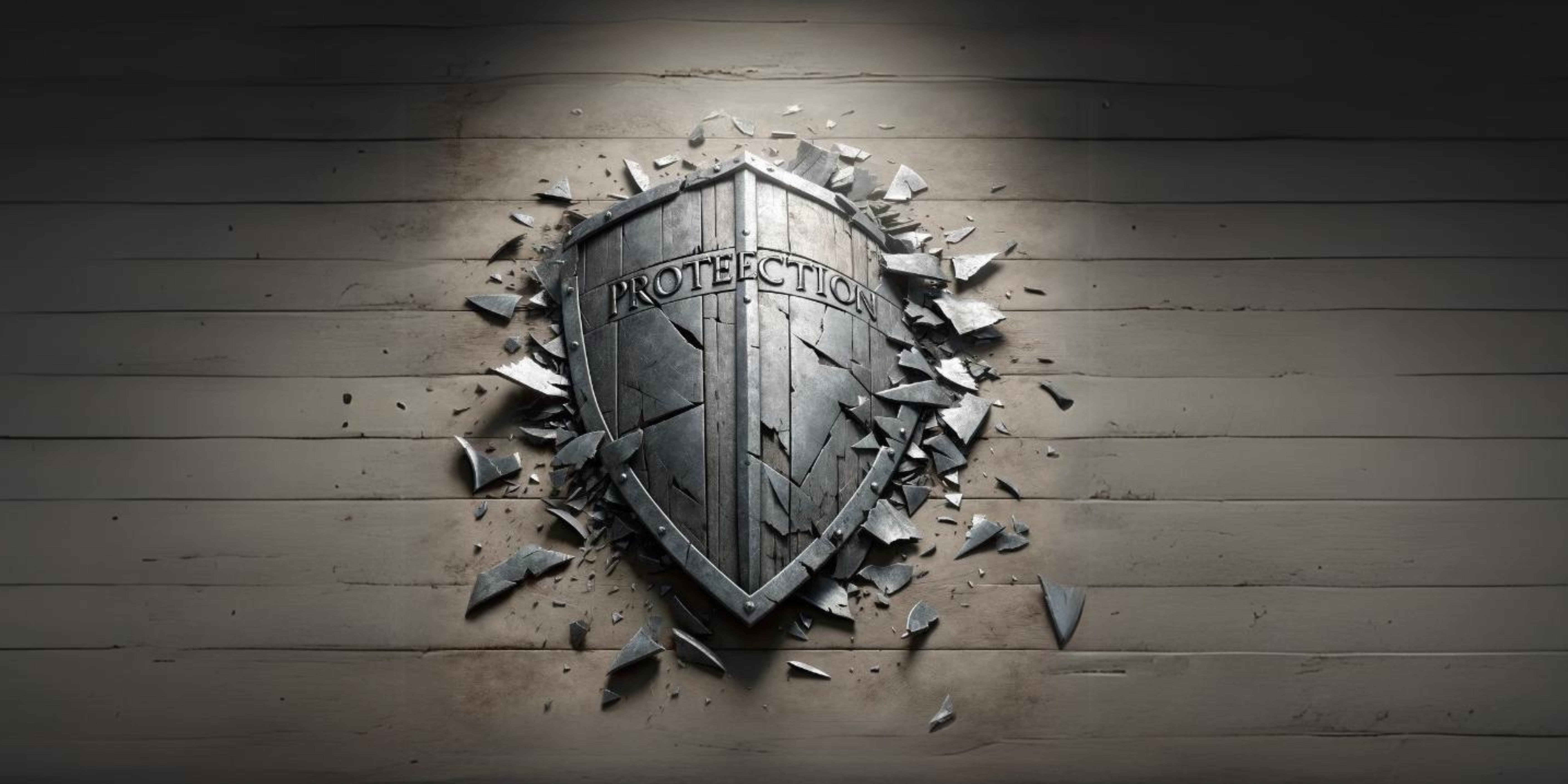
12 Jun Is Your Business Protected from Veil Piercing?
When you formed your LLC or corporation, one of the primary reasons you did that was likely limited liability protection. Limited liability protects your personal assets from business liabilities when you create distinct legal entities that separate your personal assets from your business assets.
But just because you have limited liability upon forming these entities does not mean you keep that protection forever. The limited liability shield can be lost. The loss of limited liability protection is called “piercing the veil.”
Piercing the Veil and How It Puts Your Business at Risk
Piercing the veil occurs when a court decides not to recognize the separation between the legal entity and its owners. When this happens, the court permits the limited liability shield to be “pierced” by attackers. This means creditors and others suing you can target your personal money and property to satisfy the company’s debts and liabilities. Having your personal assets (your bank accounts, house, cars, etc.) suddenly at risk can be devastating.
How can you avoid this happening?
Risky Activities
Many business owners unknowingly engage in activities that put them at risk of veil piercing. Here are the most common activities to avoid:
1. Commingling funds.
Commingling your business funds with your personal funds is the most common way to lose your limited liability protection. Commingling of funds involves paying for personal assets from the company’s account and vice versa. Courts interpret the commingling of business and personal money as a failure to keep the legal identities separate. In effect, courts say that if you, as a business owner, did not recognize or treat your business separately, you should not be able to hide behind the shield of limited liability. It is critical that you maintain records and practices that keep your business’s money separate from your personal assets and the assets of other businesses you own. Always keep a diligent paper trail.
2. Identity-blurring activities.
Do you own multiple LLCs or other businesses? You must keep them separate to keep your liability protection. For example, if you purchase a tool or property for one company, using it for another company could expose you to veil piercing. Like commingling, this blurring activity is often characterized by a lack of corporate or LLC records tracking the specific action in question. Again, keeping a detailed paper trail is key to maintaining your liability protection.
3. Failure to adhere to corporate or legal formalities.
When is the last time you looked at your business formation documents? Are they out of date? Do they reflect the current state of your business? Failure to keep accurate and up-to-date records for your business exposes you to veil piercing.
A common mistake of small business owners is the failure to comply with the statutory formalities required in the business’s jurisdiction. State law dictates what LLCs and corporations must do to remain in compliance. Failure to keep track of and adhere to these requirements is likely to result in the entity’s suspension, leaving the business owners exposed to potential personal liability for the company’s debts. As a business owner, you must understand your jurisdiction’s requirements for your business and how these legal formalities impact the liability shield.
4. Undercapitalization
Does your company keep enough operating capital on hand? If not, this could be a factor in losing your limited liability protection. Unfortunately, there is no brightline capitalization amount deemed to be sufficient for all businesses. This is dependent on your business activities and varies from business to business and industry to industry. In a veil piercing, a court will examine whether your company at least had enough money to carry out its operating activities. Lack of capital, coupled with one or more of the other factors discussed here, increases the likelihood that your veil will be pierced.
5. Intentional or grossly negligent conduct by business owners.
Courts will pierce the veil if they find that a business owner’s behavior was extreme and led to the harm for which the business is being sued. For example, suppose a business owner was carrying out a business-related delivery in the company car and ended up in a car accident. If the business owner was driving while intoxicated, the court might strip away the business’s limited liability. A litigant pursuing a judgment against the company would likely also seek it against the business owner—and would probably win.
6. Fraudulent behavior.
Business owners can lose their limited liability protection by engaging in fraudulent behavior. If the business owners have created the company to cover up the owners’ unjust actions such as hiding money from creditors, misusing funds or misleading investors, the loss of limited liability protection is highly likely.
Ensure You Are Protected
Not sure you are protected? It’s worth it to get peace of mind that your limited liability protection is intact. Schedule a virtual consultation with our office to assess your current risk and enact legal strategies to protect your limited liability.

